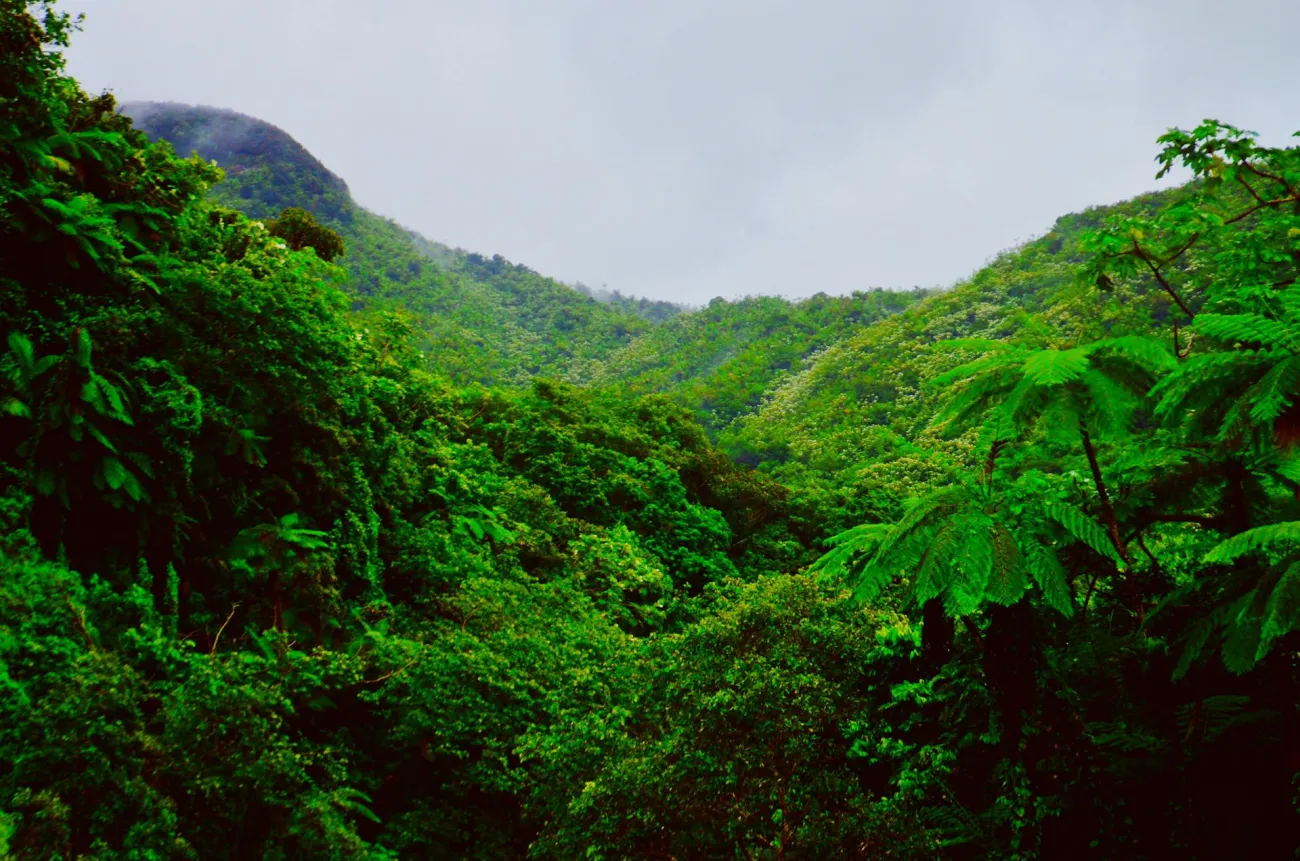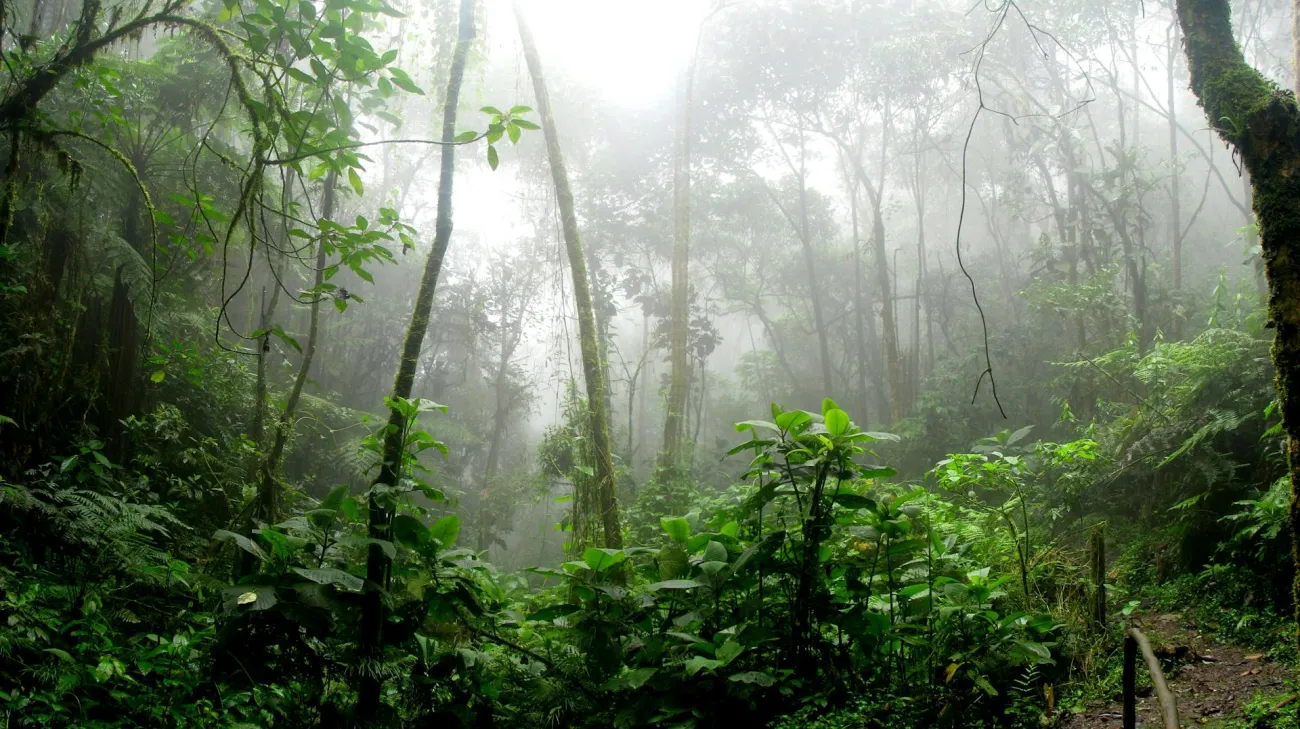TABLE brings you a round-up of COP16 outcomes plus insight and analysis from experts, such as Oliver Camp from the Global Alliance for Improved Nutrition and TABLE’s own Camilo Ardila who is based at the Universidad de los Andes in Colombia.

TABLE brings you a round-up of COP16 outcomes plus insight and analysis from experts, such as Oliver Camp from the Global Alliance for Improved Nutrition and TABLE’s own Camilo Ardila who is based at the Universidad de los Andes in Colombia.
The creation of a new mechanism (the Cali Fund) to raise money for biodiversity conservation by imposing a (voluntary) 'tax' on the use of genetic information. This would apply to large companies, like Big Pharma and ‘animal and plant breeding’ companies (agribusinesses).
The FT reported that: “Experts noted that the use of the word “should”, rather than “shall”, meant that these would essentially be voluntary contributions by companies, rather than the mandatory levy that some countries had been pushing for. They added, however, that the multinational agreement could create significant moral and reputational pressure on companies to comply.
Oliver Camp said: The disappointments were on the rest of the resource mobilisation agenda. Firstly that only $163m was committed to the Biodiversity Framework Fund at this COP (bear in mind $20bn per year target), and secondly that there was no agreement on the creation of a dedicated fund for biodiversity. That said, OECD data suggests somewhere around $15.4bn of ‘biodiversity finance’ has been stumped up through various means – with some broader definitions and accounting.
The top contributors to the fund were the U.K. ($58 million) Germany ($54 million), Denmark ($14.5 million) and Norway ($13.7 million), with New Zealand, Austria and France also giving a few million each.
A joint investigation by the Guardian and the Carbon Brief revealed that more than 85% of nations – 170 out of 195 – had failed to prepare National Biodiversity Strategies and Action Plans (NBSAPs). Many blamed lack of time and financial and technical resources to complete them. By the end, just 44 made plans and 119 made national targets.
Camilo Ardila, TABLE researcher at the University of Los Andes in Colombia reflected on the conference that brought over 700,000 people to Cali. He celebrates the diversity of people who attended but says there’s still a long way to go for proper inclusion:
“First, the COP reflected one very important component associated with biodiversity: the diversity of people. This diversity – known as biocultural or socio-biodiversity- was reflected in the largest participation of indigenous people, afro descendants, peasants, women and youth in the Green Zone, visited by almost 1 million people -more than double the expected amount.
Additionally, some estimate the participation of 1000 accredited delegates from indigenous peoples in the Blue Zone. However, as reported here, participation was limited by factors like language barriers as most conversations are held in English and few of them offer interpretation. They also use very specific technical jargon and these groups cannot participate in negotiations with a government accreditation. There is still a long way to go for effective participation, but I believe the spaces are opening.”




Comments (0)